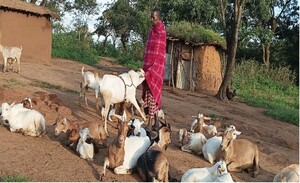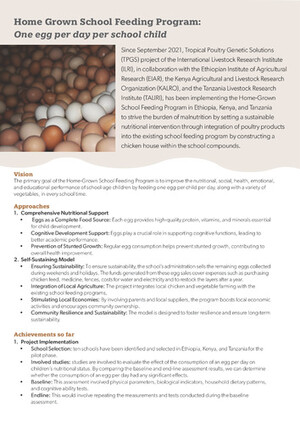
Linkage disequilibrium and genomic scan to detect selective loci in cattle populations adapted to different ecological conditions in Ethiopia
Abstract
Despite the wide range of observed phenotypic diversities and adaptation to different ecological conditions, little has been studied regarding the genetics of adaptation in the genome of indigenous cattle breeds of developing countries. Here, we investigated the linkage disequilibrium (LD) and identified the subset of outlier loci that are highly differentiated among cattle populations adapted to different ecological conditions in Ethiopia. Specifically, we genotyped 47 unrelated animals sampled from high- versus low-altitude environments using a Bovine 50K SNP BeadChip. Linkage disequilibrium was assessed using both D′ and r2 between adjacent SNPs. We calculated FST and heterozygosity at different significance levels as measures of genetic differentiation for each locus between high- and low-altitude populations following the hierarchical island model approach. We identified 816 loci (p < 0.01) showing selection signals and are associated with genes that might have roles in local adaptation. Some of them are associated with candidate genes that are involved in metabolism (ATP2A3, CA2, MYO18B, SIK3, INPP4A, and IREB2), hypoxia response (BDNF, TFRC, and PML) and heat stress (PRKDC, CDK1, and TFDC). Average r2 and D′ values were 0.14 ± 0.21 and 0.57 ± 0.34, respectively, for a minor allele frequency (MAF) ≥ 0.05 and were found to increase with increasing MAF value. The outlier loci identified in the studied Ethiopian cattle populations indicate the presence of genetic variation produced/shaped by adaptation to different environmental conditions and provide a basis for further validation and functional analysis using a reasonable sample size and high-density markers.
Citation
Edea, Z., Dadi, H., Kim, S.-W., Park, J.-H., Shin, G.-H., Dessie, T. and Kim, K.-S. 2014, Linkage disequilibrium and genomic scan to detect selective loci in cattle populations adapted to different ecological conditions in Ethiopia. Journal of Animal Breeding and Genetics, 131(5):358–366.










